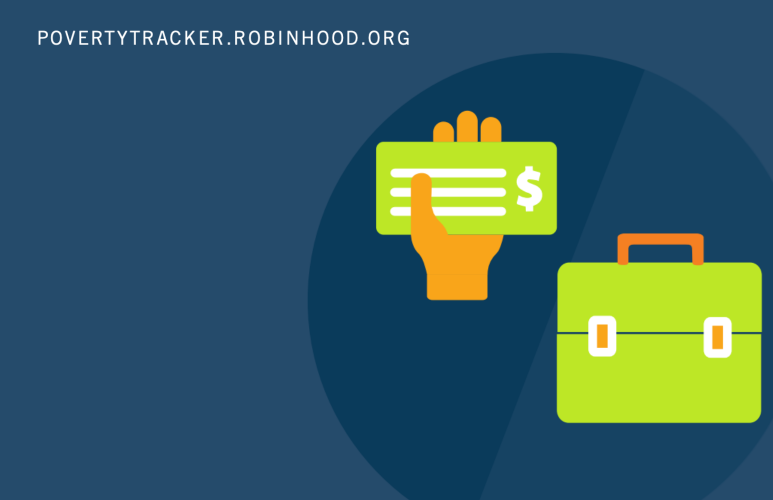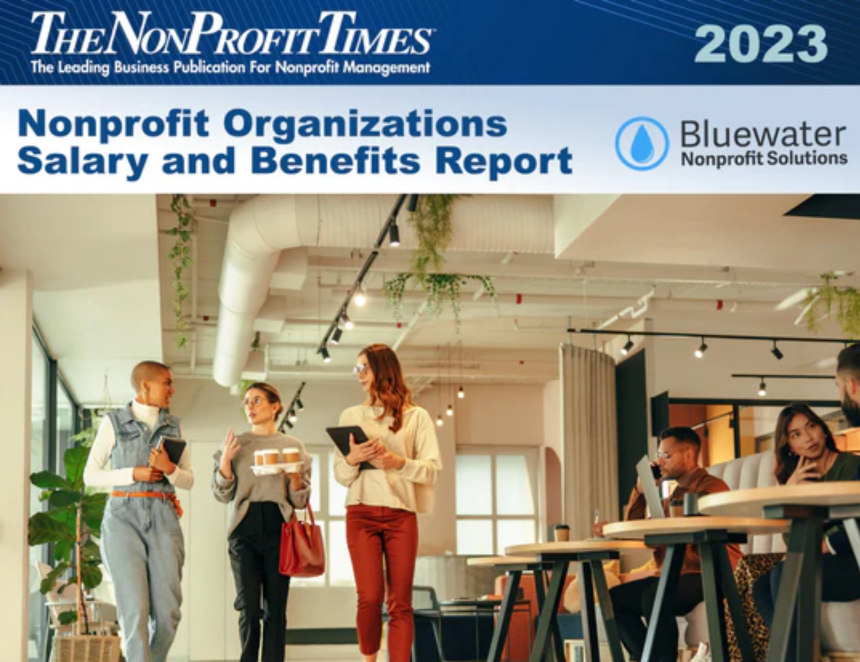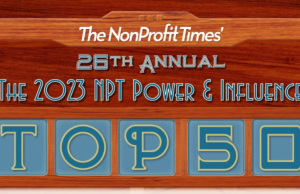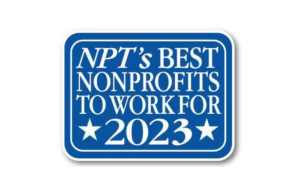Direct cash payments, including stimulus payments and expanded unemployment insurance benefits, helped New Yorkers get by during the COVID-19 pandemic, according to a new study.
Cash assistance was used by individuals to cover things like rent, mortgage payments, utilities, and food. Once basic needs were met, people used cash assistance to pay down credit card debt or shore up their savings.
The findings are found in “Spotlight On Direct Cash Benefits during the Pandemic, an 11-page report from Robin Hood in collaboration with Columbia University’s Center on Poverty and Social Policy, the Columbia Population Research Center and Vicki Lens of Hunter College – CUNY.
The latest report builds on preliminary findings from another Poverty Tracker report, projecting that cash benefits and government transfers, including those provided through the CARES Act, kept one million New Yorkers out of poverty during 2020 and prevented a much more sizable increase in poverty than New York City would have seen absent these policy interventions.
“Our Poverty Tracker data not only show that government policies and cash assistance helped forestall a massive increase in poverty in New York City, but also dispel a troublesome myth suggesting that direct cash assistance was a disincentive for returning to work,” Robin Hood CEO Richard R. Buery, Jr., said via a statement announcing the findings. “The quandary most unemployed New Yorkers faced was when and how, and not if, to return to work. This report demonstrates the power of direct cash payments, providing people with dignity and autonomy while serving as a prudent tool for fighting poverty.”
Almost half of all workers and a majority of low-wage workers in New York City lost employment income in the COVID-19 pandemic, preliminary estimates show that the cash-based policy interventions blunted a historic rise in New York City’s poverty rate.
A rolling set of remote qualitative interviews was conducted from July 2020 through May 2021 with 38 adults in New York City, who fell below 200% of the poverty line and who either lost income or employment as a consequence of COVID-19.
Most people were interviewed twice, at about six-month intervals, to track over time their experiences with successive waves of stimulus payments and enhanced Unemployment Insurance Benefits (UIB), their spending of these benefits, and their efforts to return to work.
The sample comprised a wide range of occupations, many hard-hit by the pandemic, including restaurants and other food services, hair salons, car and limousine drivers, arts and entertainment, child care and health care, and social services.
The study demonstrates the resilience and financial management skills of suddenly unemployed New Yorkers, according to Vicki Lens, Professor of Social Work at Hunter College – CUNY and lead researcher on this report. Those furloughed “used their unemployment insurance benefits and stimulus payments to insure their current and even future economic survival while searching for a way to return to work.”
Since 2012, the Poverty Tracker has surveyed a representative sample of New Yorkers every three months, providing critical information on the dynamics of poverty and other forms of disadvantage in the city while tracking data on employment, assets and debts, and health. The Poverty Tracker has monitored the impacts that COVID-19 and the related economic downturn has had on life in New York City since the onset of the pandemic.
Access the full report here.








